Product name: iFi Micro iTube Tube Buffer/Tube Pre
-Amplifier
Manufacturer: iFi
Cost: $329 US dollars. Provided as a courtesy via iFi Customer Service for evaluation with my currently-owned (All Purchased) iFi equipment . No incentives given or accepted.
Reviewer: Ken Norris - North America, USA, New Jersey
Reviewed: March, 2016
So, a little over a year ago now, I bought and reviewed a USB DAC from iFi called the iDSD Micro. Spoiler: I LOVED IT! While I am admittedly a relative newcomer to seriously pursuing the ever-moving target known as "Audiophillia", it seems that I have fairly decent luck when it comes to picking people to learn from. After listening quietly for quite a while to what others who have gone before me had to say, I took the plunge and haven't looked back since. It also turns out that the iDSD is just one device in a whole lineup of products that are designed to work and fit together as the "Micro line" of iFi components. After evaluating the iDSD, and iCAN, I now turn my eye (and ears) towards the iTube in this review. So what is it? The iTube is a valve pre-amp that is designed to work harmoniously with the other iFi Micro devices. I also learned coincidentally, that it works equally well with other brands, but the form-factor is quite literally MADE to fit with the other devices in the iFi Micro line which just makes the whole audio stack affair look so "clean", that even my wife who HATES clutter/wires/gadgets admits that the lineup looks like some kind of industrial art centerpiece. (Fair warning, I added some "cable management" to tidy-up the power cords!) To me, a major benefit of the entire MICRO line is that I get serious, full desktop-sized component performance and sound that doesn't ACTUALLY take up a whole desk! (All 3 MICRO components fit neatly in my backpack or laptop bag for my "on the go" lifestyle.)
The review:
For starters, the iTube that was shipped to me courtesy of Owen & Karina D. (Rockstars in customer service) arrived in the same iFi-Standard packaging as the iDSD & iCAN did. The box dimensions are all identical which makes for easy bulk-wrapping if giving the set as a gift. (Very thoughtful!)
Layout - On the front panel is a volume knob and a 2-position switch for Digital Antidote Plus® and another for 3D HolographicSound®. On the rear panel there are two pairs of RCA jacks for analog audio input and output. The power socket is on the right-side panel (Looking from the front), with the power supplied from a wallwart power supply with integrated iPower technology to reduce signal interference. As a nice touch, an L-adapter cable is included so that the power cord doesn't have to stick out of the device at a 90-degree angle! Underneath there are the pre-amp/buffer preset DIP switches that allow you to select operational modes. This allows you to not only determine how the unit passes or modifies signal, but also how much of an influence the tube/valve circuit will have on your end sound.
What does it do?:
The iTube contains two primary switchable circuits. The first is the 3D HolographicSound® system which provides to my ear, a more 3-dimensional effect to the music and slight highlight of soundstage separation. The second switch is called the Digital Antidote Plus® whose purpose is to soften any harsh, "ringing" digital sources which contribute to "listening fatigue".
Does it work?:
In my trials, I primarily used the iTube in series with my iDSD as DAC, RCA'd to the iTube, through to my iCAN. I sometimes substituted-in my Schiit Audio ASGARD 2 or my ONKYO HT-R693 (Via Phono RCA-in jacks) as amplifiers. Beautiful in every configuration. Most importantly, I switched-off between my iBASSO DX90 (Coaxial digital signal into the iDSD) and my Home Theater PC (Windows 10 i7 via USB3 digital signal.) Why most importantly? Because I was sampling digital audio files ranging from low bit-rate MP3s through DSD128 via straight digital SPDiF & USB transport methods. If there is anything that I've read that can indicate a cold, sterile, or harsh sound, it's a pure digital setup amped by solid state. Now does it ever happen to me? Heck yes! I've got an abysmal sampling of Foreigner's "Agent Provocateur" that I ripped from my CD back in college back in the 80s that is my personal BENCHMARK for horribly-sampled sound. Scratchy sound quality with grossly-obvious artifacts throughout. Even my Sennheiser HD-650s were unable to make it sound good! Now am I going to tell you that the iTube made it sing like a choir of angels? NO. What is lost in sampling can normally never be brought back. But the inclusion of the iTube DID make the darn tracks sound "listenable". (Think of going from an old, static-laiden AM band radio to a decent mono FM radio. Still not what you are used to, but definitely a sight better than what you had!)
So, WHY did I start with that example? Because the point is that the iTube is a very transparent component in the audio chain. It didn't matter if I was using it in pre amp mode, buffer mode, or even with the effects on, the music remained clear, clean, and mostly unaltered. I ran bit-perfect all the way to this device, and it never did anything weird or unexpected to the sound. So I say all that about the worst-case scenario above because it was the only way that I could CLEARLY tell the difference between before & after with almost no effort. (And I was using Beyer-Dynamic T1 ver. 2s, & Sennheiser HD-800s to check!)
Under "normal conditions" I listened to, and loved some sample tracks that were recorded in NATIVE DSD128 from InterDA Music (http://www.interda.com/) These "LIVE" recordings allowed me to examine everything from side conversations in the audience, to the scrapes on the floor as instruments were shifted and moved during performances. TONS of detail. Not much by way of sibilance, but when you can hear air moving, you know when you're losing detail due to masking. With the iTube in or out of the chain, I still heard ALL the effects! It was to me, the difference between a strong knock on your door that startles you, and a strong knock on your door that you are expecting. No less loud or crisp, but not as jarring. (There is an audience member who yells, "Whoo!" in the very beginning of the track "Light My Fire". You can still hear her and others make various sounds in the background throughout the song, even when the brass do their staccato hits.) Is it harsh with all that detail? No. But it just sounds slightly more welcoming, and enveloping when the iTube is in the audio chain. And that is the point. SLIGHTLY. Not night and day, but if you are actively listening, the added warmth IS there to enjoy. And I do!
Equipment: Sources - iBASSO DX90, Samsung YP-P1, Dell XP 8700 (i7, Win 10, Foobar 2000 ver 1.3.5, JRIVER Media Center 21, TIDAL (Client & Browser players), Amazon Music Player, VLC Player, Groove Music Player, & Windows Media Player) Apple iPad Air (ONKYO Player App), Apple iPhone 4S, 5, & 6 phones (ONKYO Player App)
DACs - FIIO e17, iBASSO DX90, iFi iDSD, ONKYO HT-R93
Amps - Schiit Audio ASGARD2, iFi iDSD, iFi iCAN, ONKYO HT-R693
USB Signal Conditioner - iFi iPurifier2
Cables - Monster HDMI, "Generic" USB, Forza Audio Works Digital interconnect, iFi-provided RCA patch cables
Headphones - AKG K545 & K550, Beyer-Dynamics T1 (ver. 2), JVC ESNSY - HA-SR85S-T, HA-SZ2000, Sennheiser HD-650 & HD-800
IEMs - VMODA bass freq, Sony XBA300AP, Sennheiser Momentum
Conclusion:
Would I buy? Yes. But bear in mind that I only found value myself when ACTIVELY listening. (Others may very-well notice more easily than I...) Would I use it during a morning commute? No. To listen to generic "top 40" background noise while doing chores around the house? No. I just wouldn't be paying enough attention to notice the difference. But to relax in my easy chair and just enjoy seriously listening to some truly great music? Definitely. Why 4 1/2 and not the full 5 stars? Well I want to leave some room for the next piece of kit iFi develops that will by all previous examples, improve all of their current offerings considerably!





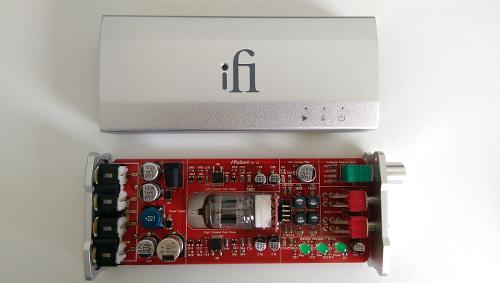


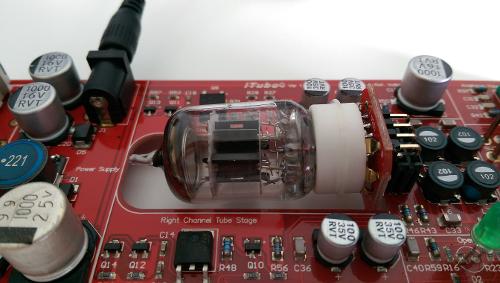




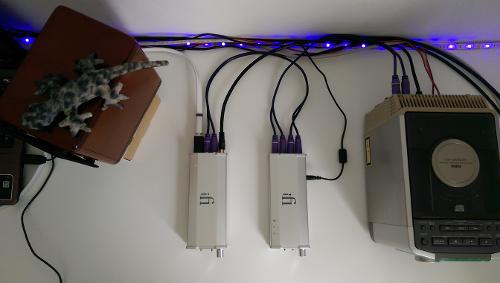





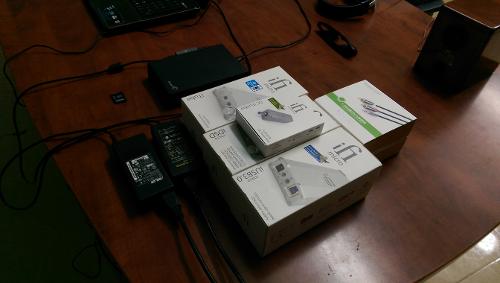


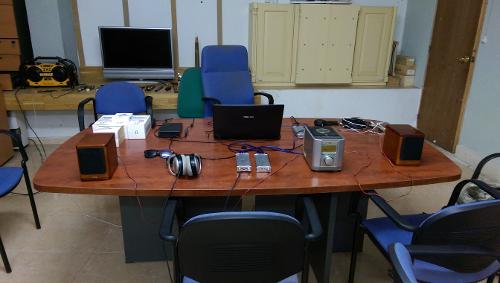
 now im a happy potato !
now im a happy potato !